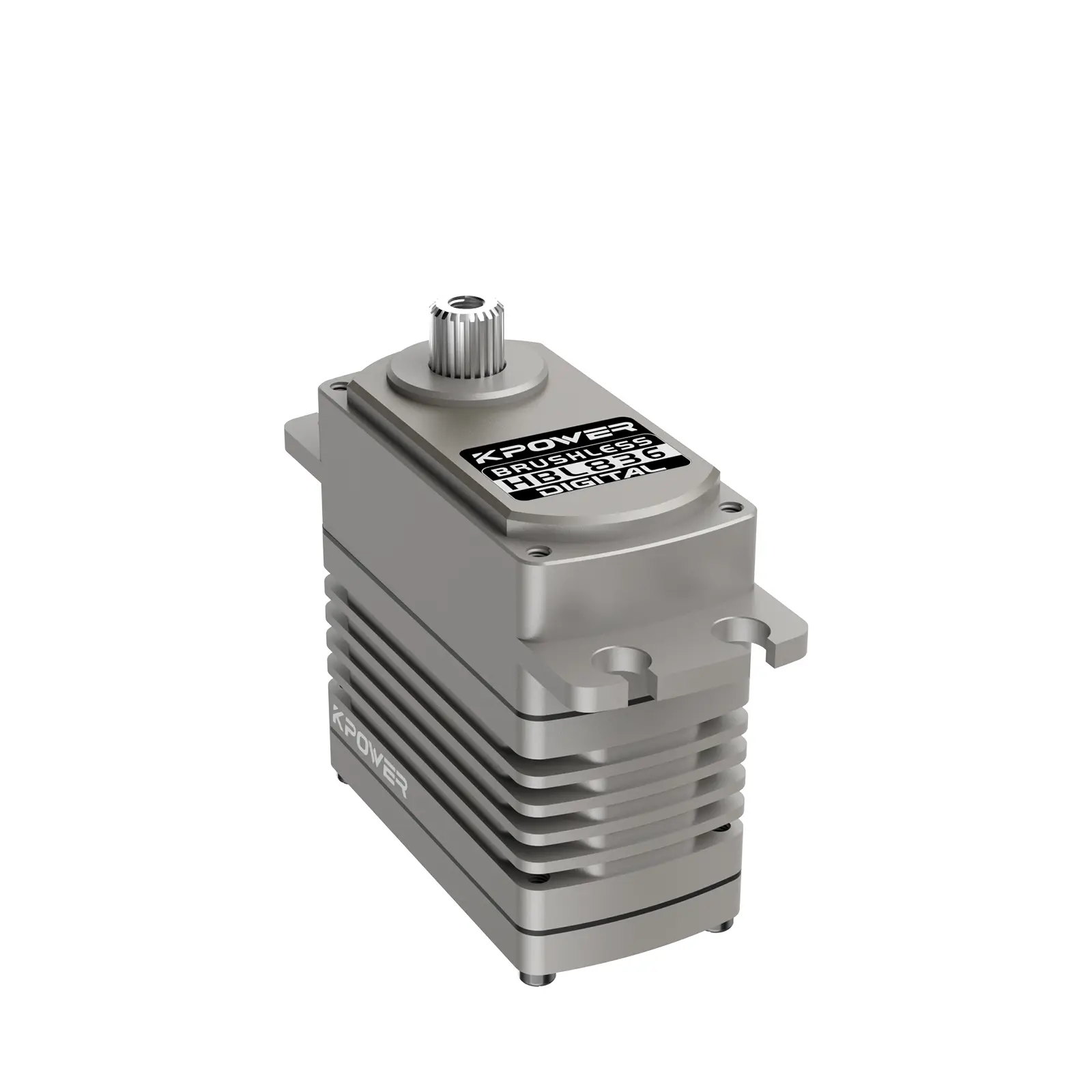Microservices have revolutionized the way we build scalable and resilient applications. If you’ve been hearing a lot about microservices recently and are wondering how to dive in, then you’re in the right place! Specifically, using C# for building microservices offers a powerful and flexible approach. In this step-by-step guide, we’ll break things down in an easy-to-follow manner, showing you how to get started, what challenges to expect, and how to solve them.

Why Microservices in C#?
First, let’s talk about why C# is an excellent choice for building microservices. It's a modern, object-oriented language that's incredibly efficient for handling large applications. Plus, with .NET Core, C# is fully cross-platform, so you can build and deploy your microservices wherever you need, whether it’s Windows, Linux, or MacOS. It’s a great match for building applications that need to scale quickly and effectively, whether you're starting small or working on something enterprise-level.
Step 1: Setting Up Your Environment
Before you begin, ensure you have the right tools installed. You’ll need the .NET SDK and an IDE like Visual Studio or VS Code. Once everything is set up, you can start building your first microservice. It’s all about creating small, independent services that do one thing really well. For example, a user authentication service could handle just login functionality, while a separate service might handle user profiles.
Step 2: Creating Your First Microservice
Now comes the fun part! Creating a microservice in C# is relatively straightforward. Begin by creating a new Web API project using .NET Core. From there, you can start defining the endpoints that your microservice will expose. For instance, a product catalog service could have endpoints like /api/products for fetching a list of products or /api/products/{id} for getting details of a specific product.
The idea behind microservices is that each service should be focused on a single domain or task. By doing this, you avoid the monolithic architecture problems of tightly coupled services. Every microservice should be independently deployable and scalable.
Step 3: Communication Between Services
Microservices rarely work alone. To communicate between them, most systems rely on REST APIs, gRPC, or messaging queues like RabbitMQ. One of the challenges with microservices is managing the communication between multiple independent services. C# makes this easy with tools like HttpClient for REST calls and MassTransit for messaging.
For example, let’s say your order service needs to notify the shipping service when an order is placed. Instead of having them tightly coupled, you can simply have the order service send a message to the shipping service through a queue. This keeps your services decoupled and more maintainable.
Step 4: Handling Data
Managing data in a microservice architecture is crucial. Each microservice should manage its own database, ensuring that the data for one service doesn't directly impact the others. For example, your user service might have a separate database from your order service. This way, scaling one service doesn’t affect others.
It’s also worth noting that C# offers excellent support for working with databases, whether it’s SQL Server, PostgreSQL, or MongoDB. Use Entity Framework Core or Dapper to manage your data access layer, making sure it stays simple and efficient.
Step 5: Scaling and Monitoring
One of the main reasons microservices are so popular is their ability to scale independently. Imagine you have a high-traffic e-commerce site, and only the product catalog is experiencing heavy usage. With microservices, you can scale just the product catalog service without affecting other parts of the system.
However, monitoring is key to making sure everything runs smoothly. Tools like Prometheus or Serilog for logging are helpful in tracking the health and performance of your microservices. As you deploy more and more services, having visibility into their performance will ensure that you catch issues early on.
Conclusion
Building microservices with C# is an exciting journey that can bring a lot of benefits, from scalability to resilience. By focusing on creating small, independent services, you’re setting up your application for long-term success. As you progress, always remember that simplicity, clear boundaries, and good communication between services are the keys to success.
So, what’s next for your microservice journey? Perhaps it’s time to explore some advanced topics like service discovery or API Gateway patterns. Whatever comes next, one thing’s for sure—your future microservices in C# are looking bright!
Established in 2005, Kpower has been dedicated to a professional compact motion unit manufacturer, headquartered in Dongguan, Guangdong Province, China. Leveraging innovations in modular drive technology, Kpower integrates high-performance motors, precision reducers, and multi-protocol control systems to provide efficient and customized smart drive system solutions. Kpower has delivered professional drive system solutions to over 500 enterprise clients globally with products covering various fields such as Smart Home Systems, Automatic Electronics, Robotics, Precision Agriculture, Drones, and Industrial Automation.




































